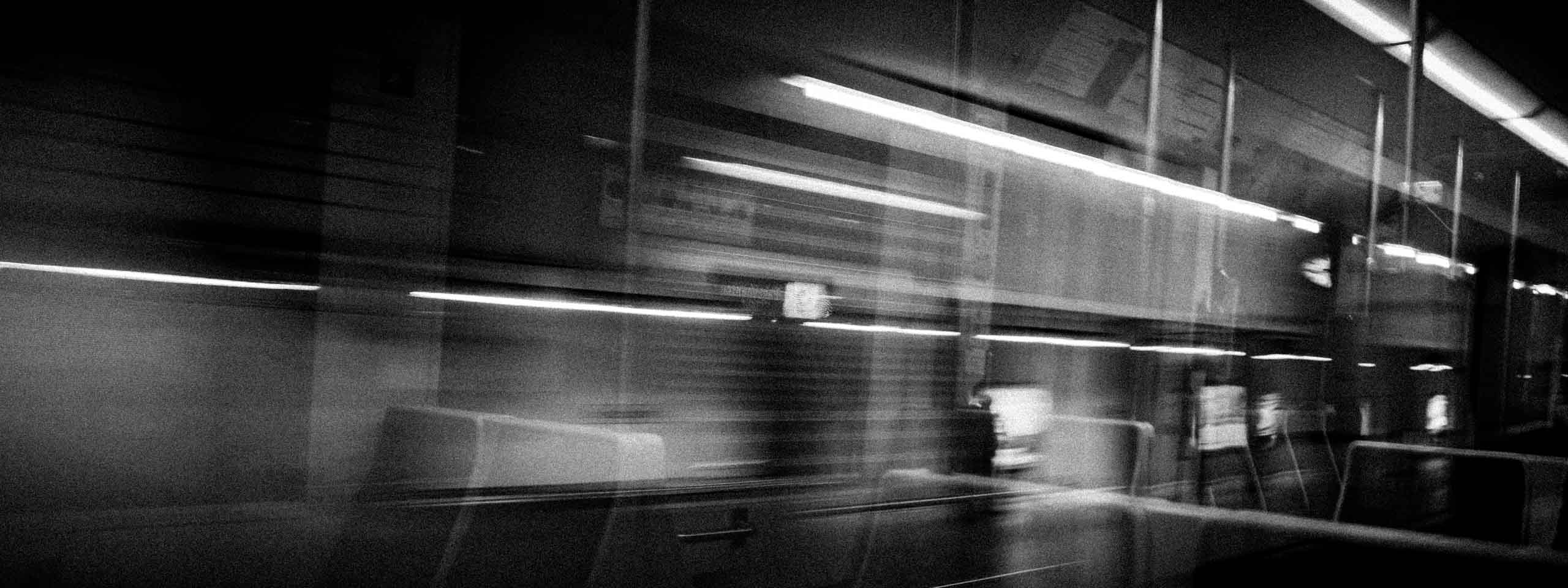10/31/2019
The German Society for Mycology chooses a mushroom of the year for each year. For the year 2020, this special honour goes to a mushroom that is unusual from some points of view. The common stinkhorn stands out because - as its name suggests - it smells somewhat unpleasant. Namely after carrion. For flies this makes it extremely attractive, for humans less so. By the way, the stinkhorn is also not suitable as a edible mushroom. Then the mushroom stands out due to its special shape, which is also expressed in its scientific name: Phallus impudicus. The Latin word 'impudicus' means 'lewd' or 'indecent'. Carl von Linné, who personally gave the mushroom this name, was a good observer! I photographed the mushroom in the Teutoburg Forest, where my hometown Bielefeld (Germany) is located.
Common stinkhorn (Phallus impudicus)
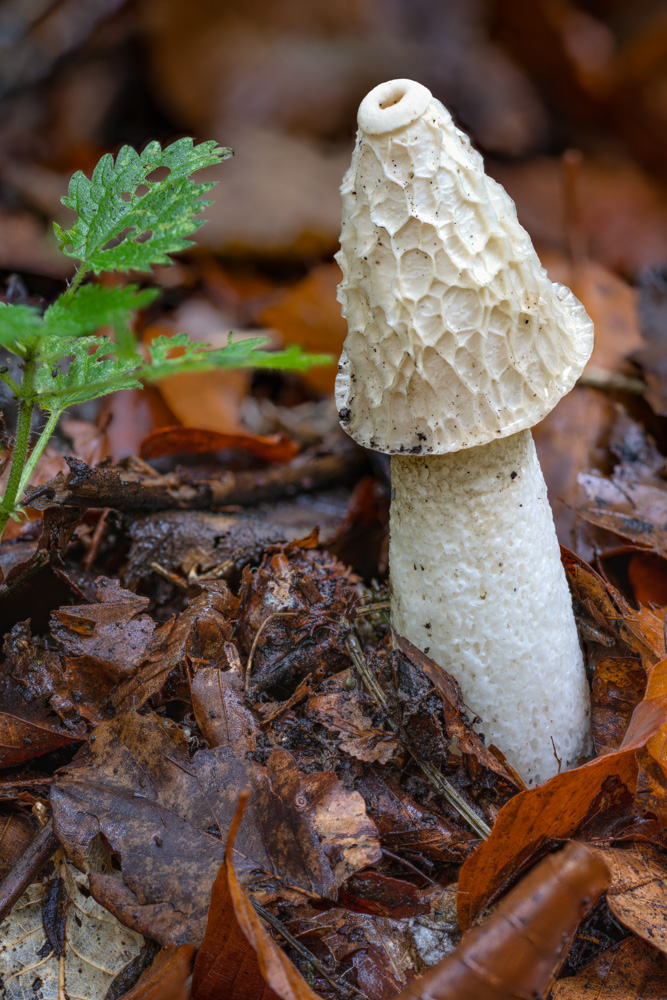
> Nature
10/29/2019
A very popular photo motif among mushrooms is the fly agaric. And with its red cap and the white dots on it, it looks beautiful. Actually, toadstools are not particularly rare, nevertheless, I have succeeded in the last years only very rarely to find them. The reason might also have been that I simply didn't know where to look. I then got to know and learned that fly agarics like to live among spruces and birches and with this knowledge I quickly found them in a spruce forest near Kirchdornberg at the Teutoburg Forest.
Fly agaric #1 (Amanita muscaria)
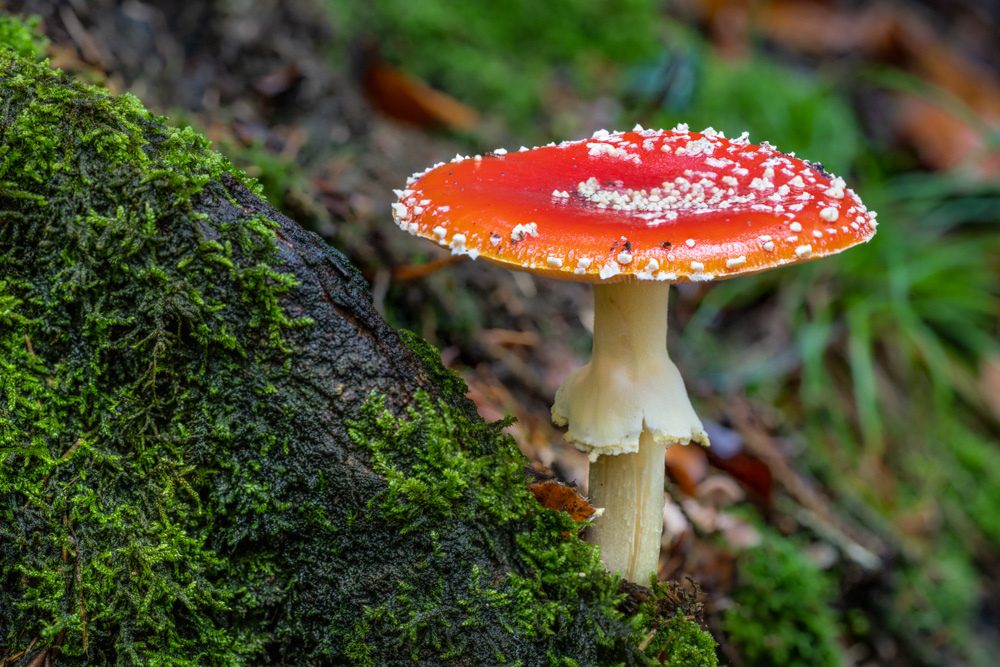
Fly agaric #2 (Amanita muscaria)
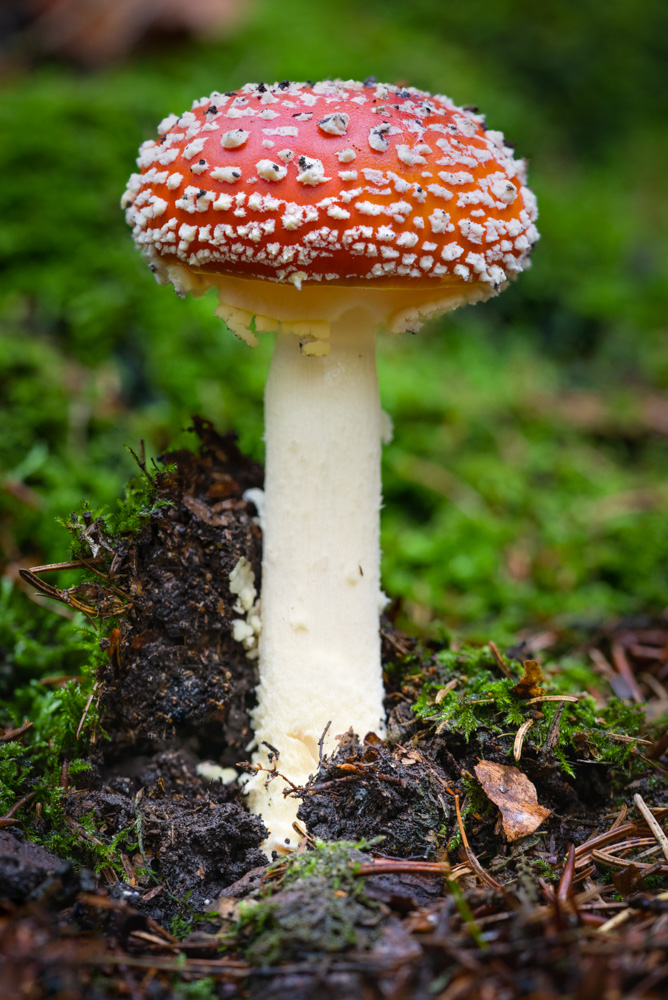
Fly agaric #3 (Amanita muscaria)
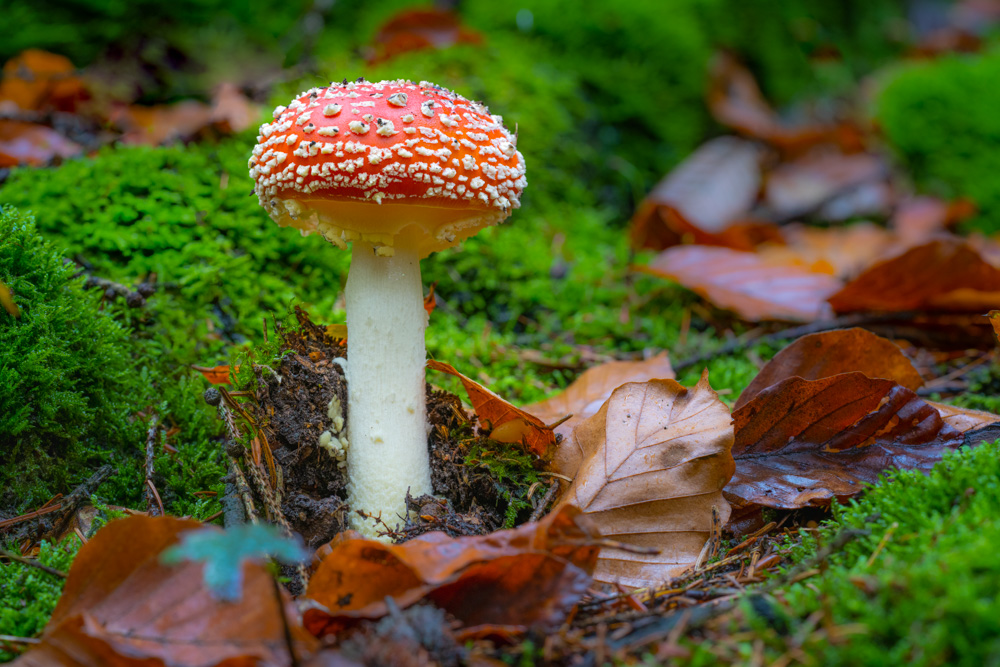
> Nature
10/28/2019
This little fellows are a amethyst deceivers (Laccaria amethystina). The mushrooms in the photo are about 4 cm high. There are also slightly larger specimens. The color varies between a deep purple and almost white. The two amethyst deceivers here are slightly lighter. I took the photos on the northern slope of the Teutoburg Forest near my hometown Bielefeld (Germany). The whole thing was a bit tedious, because the mushrooms chose a steeper slope in a beech forest as location. Due to the only moderately bright light and the small size the camera was mounted on a ground tripod. I like to use a floor tripod and a Novoflex adjustment carriage. The camera used was a Sony 7RIV with a SEL 2.8/ 90 mm G OSS macro lens.
Amethyst deceiver (Laccaria amethystina)
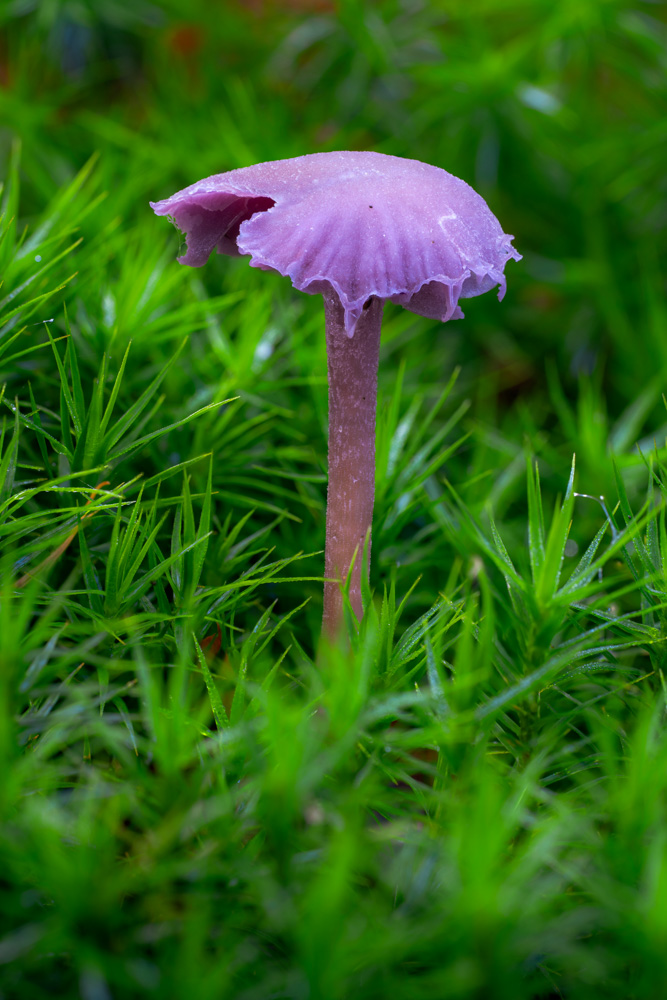
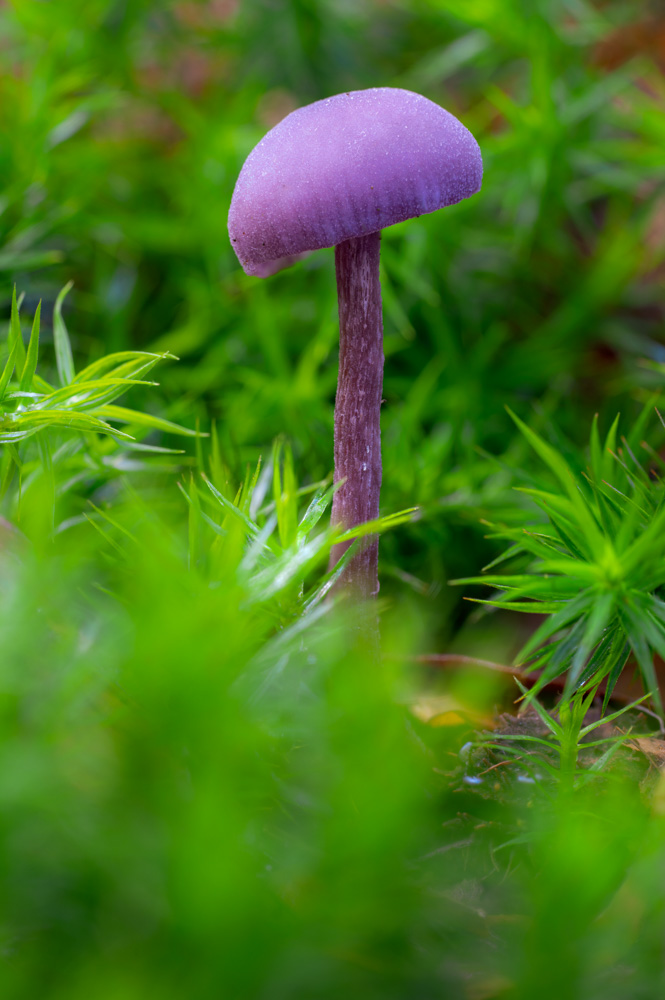
> Nature
10/27/2019
A mushroom I find very beautiful is the shaggy scalycap (Pholiota squarrosa). It occurs very frequently in the German forests and prefers to live on deciduous trees. It can be found in autumn from September to November.
The following photo was taken one day in October with many clouds and little sun. The soft light makes the fine structures of the stalk and the cap appear particularly plastic. I like to use a floor tripod for such photos, because the light in the forest often requires somewhat longer exposure times. Here it was 1/8 second at aperture 5.6 and a set sensitivity of ISO 100.
Shaggy scalycap (Pholiota squarrosa)
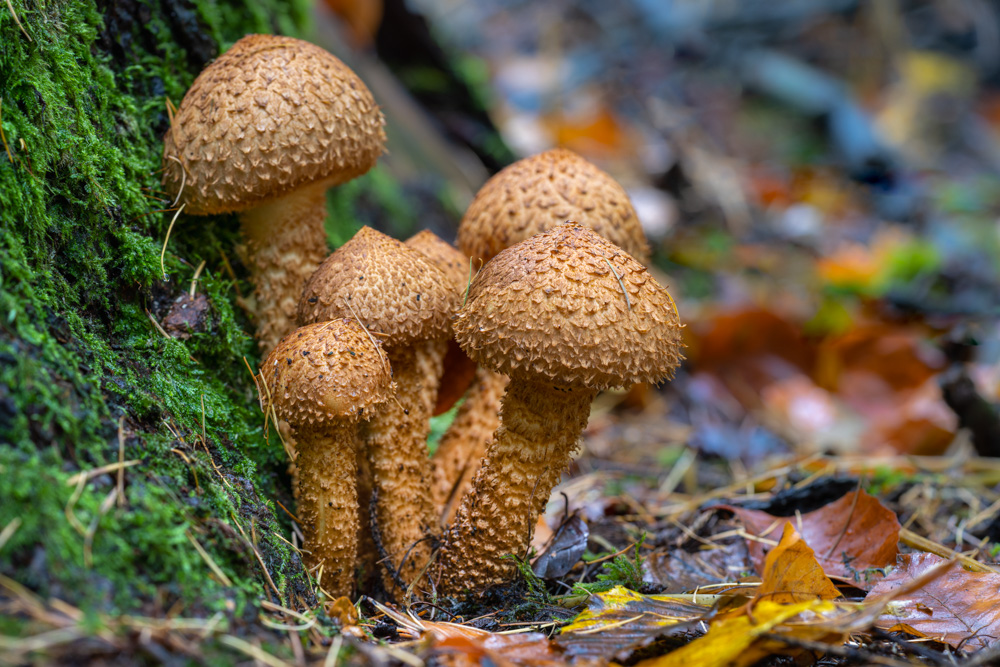
> Nature
10/25/2019
Autumn 2019 seems to be pretty good for mushrooms. I have to admit that I am far from being a great expert on these remarkable creatures. Beautiful and therefore worth a photo, I find them already. I started with the portrait of a mushroom, the sulphur tuft (Hypholoma fasciculare), which is very common in Central Europe. The specimens on the following two pictures live on an old tree stump and are still quite small. I found the mushrooms on the southern slope of the Teutoburg Forest.
Sulphur tuft #1 (Hypholoma fasciculare)
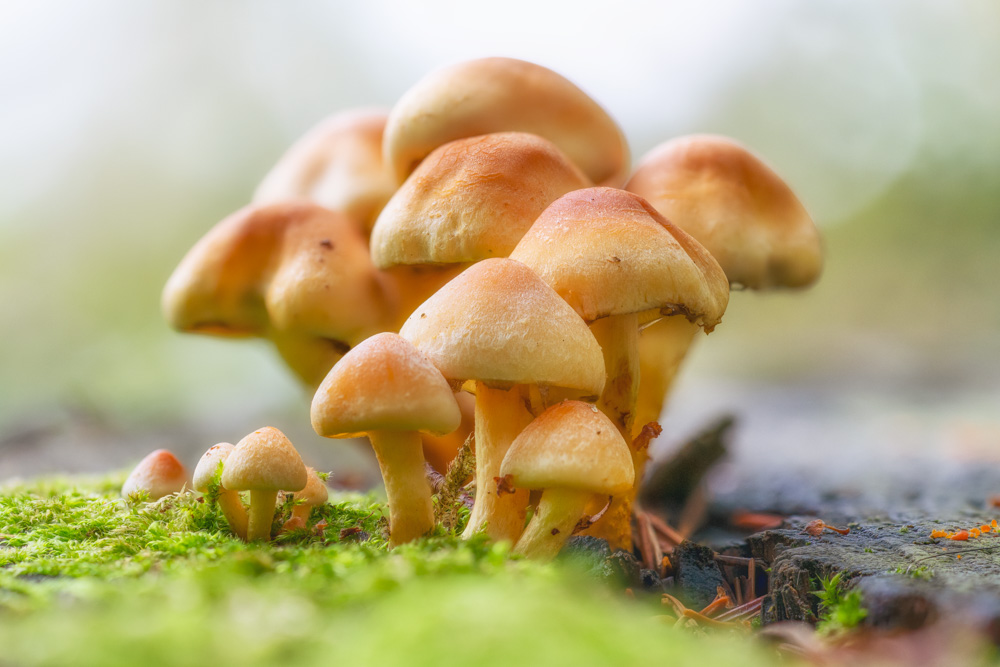
Sulphur tuft #2 (Hypholoma fasciculare)
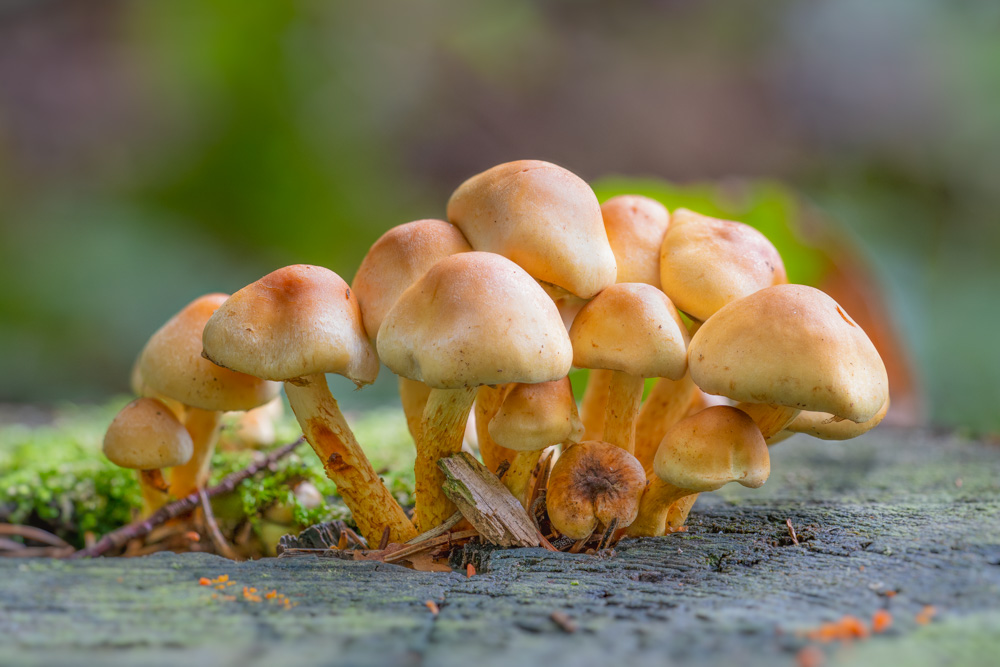
> Nature
10/13/2019
Last weekend I went to the 'Tierpark Olderdissen' in Bielefeld again. During this visit I have dedicated myself photographically exclusively to the Eurasian lynxes. Now in autumn you have a better view into the enclosures, because the vegetation is not so dense anymore. And of course the autumnal foliage matches the fur ferns of the lynxes.
All photos were taken with Sony's new SEL 5.6-6.3 / 200-600 mm G OSS telephoto zoom lens. In my opinion, the focal length range is ideal for animal photography.
Eurasian lynx #1
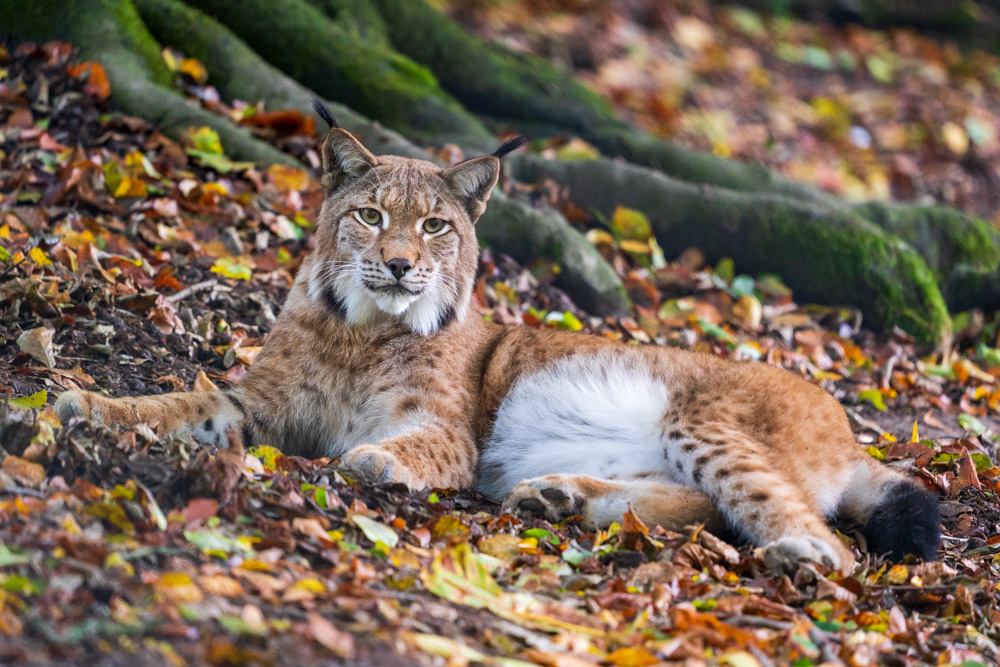
Eurasian lynx #2
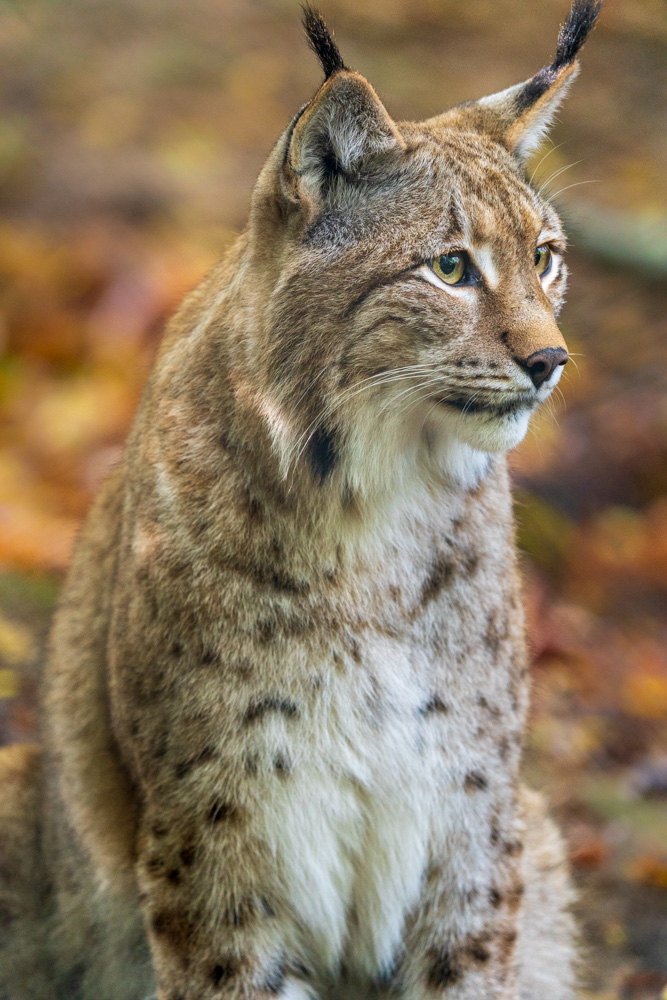
Eurasian lynx #3
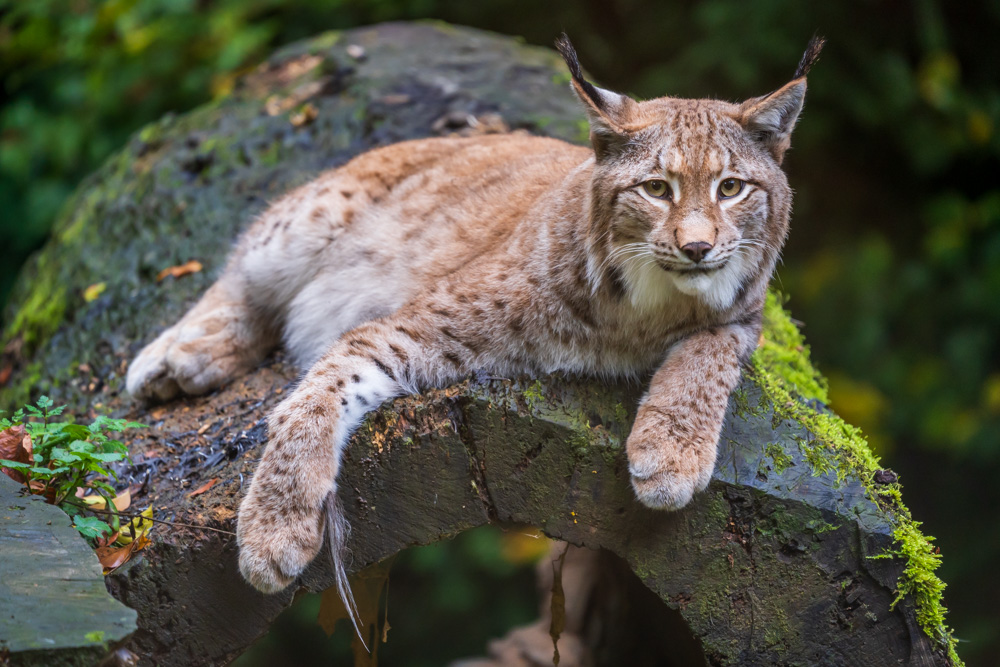
Eurasian lynx #4
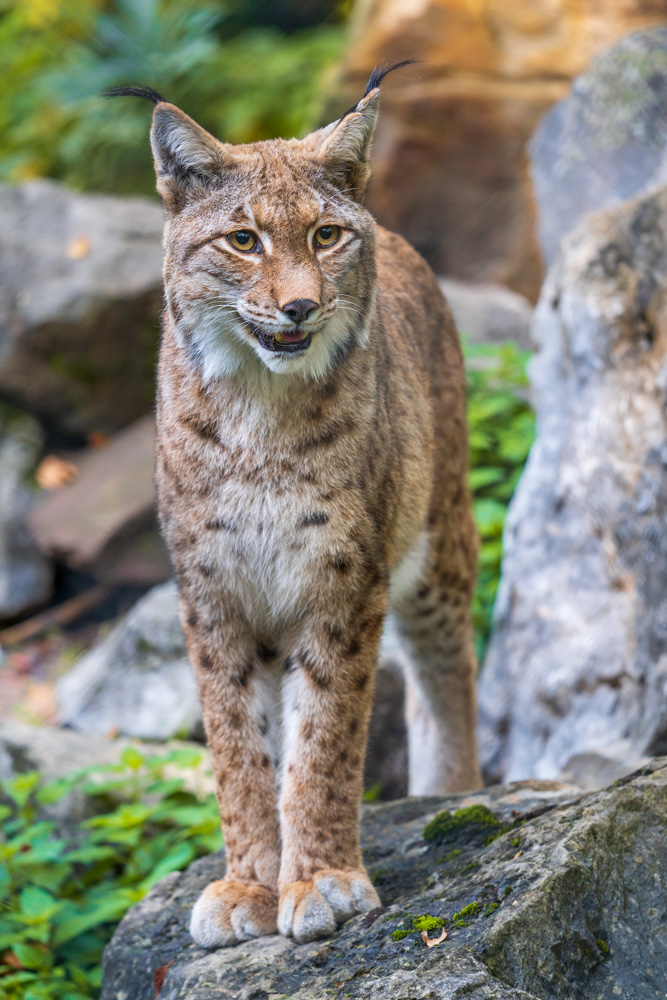
Eurasian lynx #5
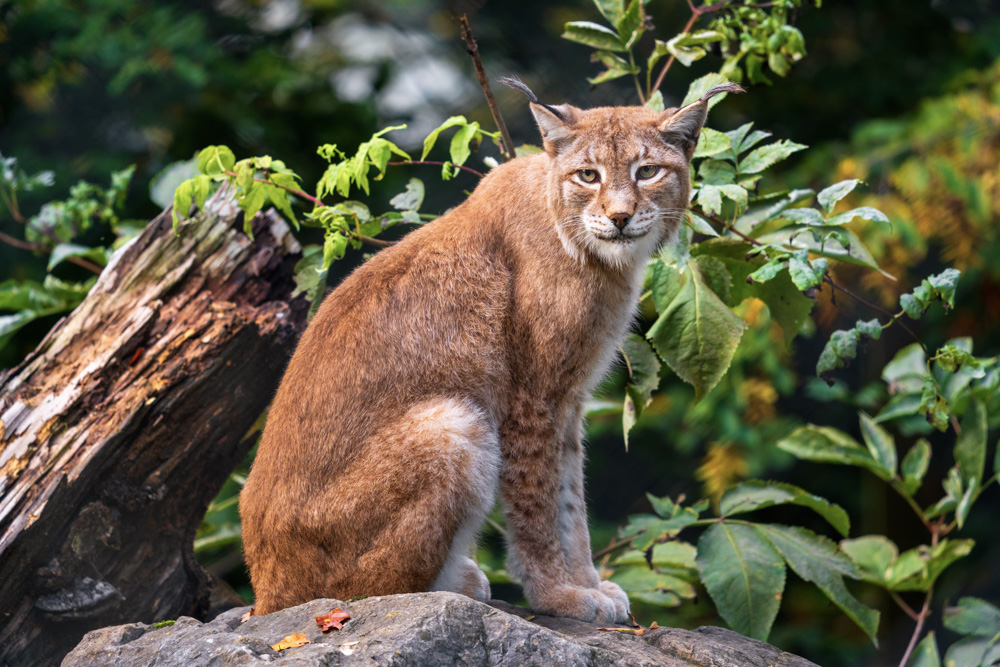
10/04/2019
The time of flowers and blossoms is slowly coming to an end this year. In the Botanical Garden in Bielefeld, however, some asters still bloom and in the rain the colours look particularly beautiful.
Asters in the rain #1
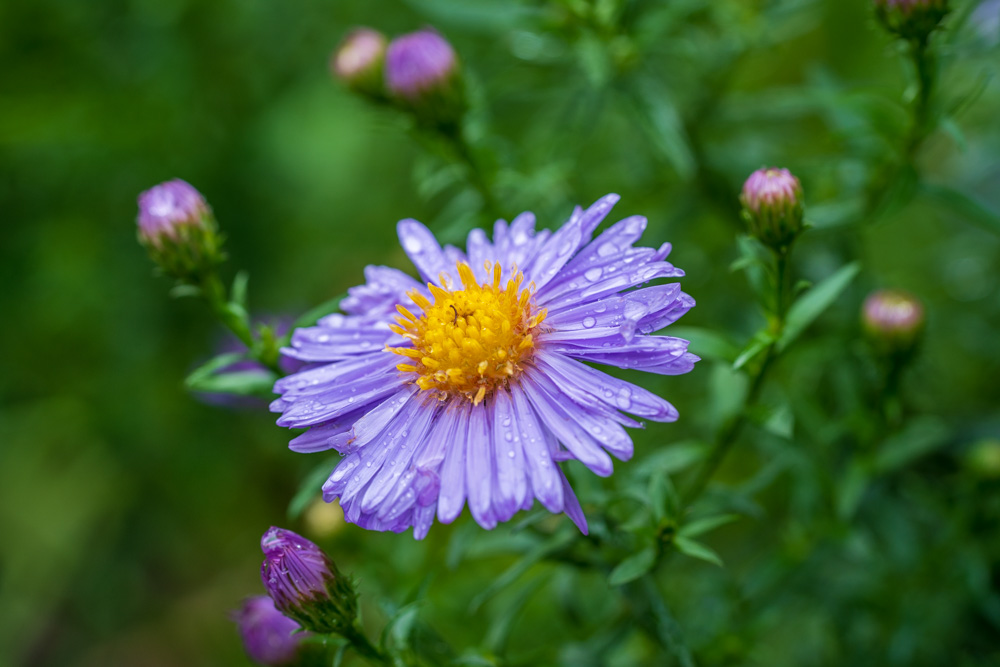
Asters in the rain #2
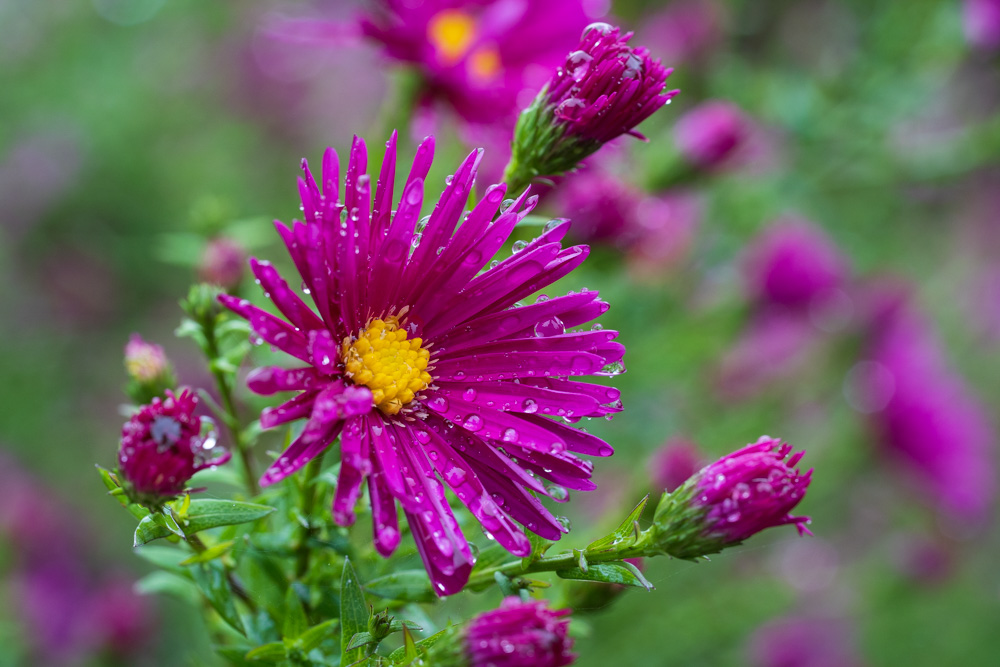
Asters in the rain #3
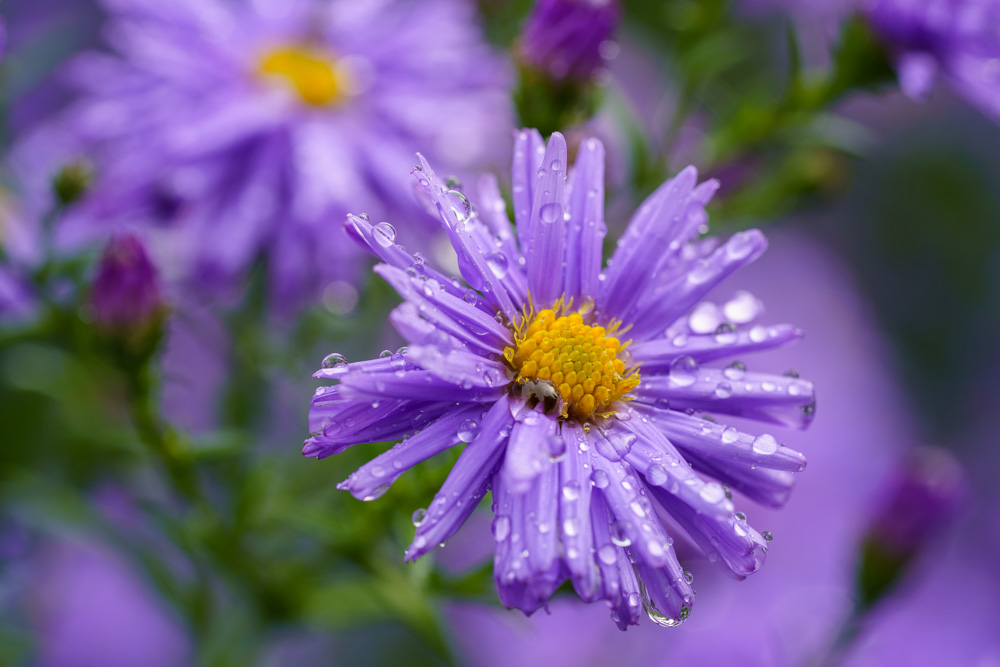
> Nature
09/25/2019
In the last week I was once again on the road in terms of landscape photography. In the fields very close to the farm 'Meyer zu Eissen' I took the following three pictures. But the photos are not taken on the same day.
The second picture - a panorama - is composed of five single pictures. I think it brings out the vastness of the landscape particularly well. All three pictures were taken with the Sony Alpha 7III and the Sony SEL 4/ 12-24 mm G lens.
September morning
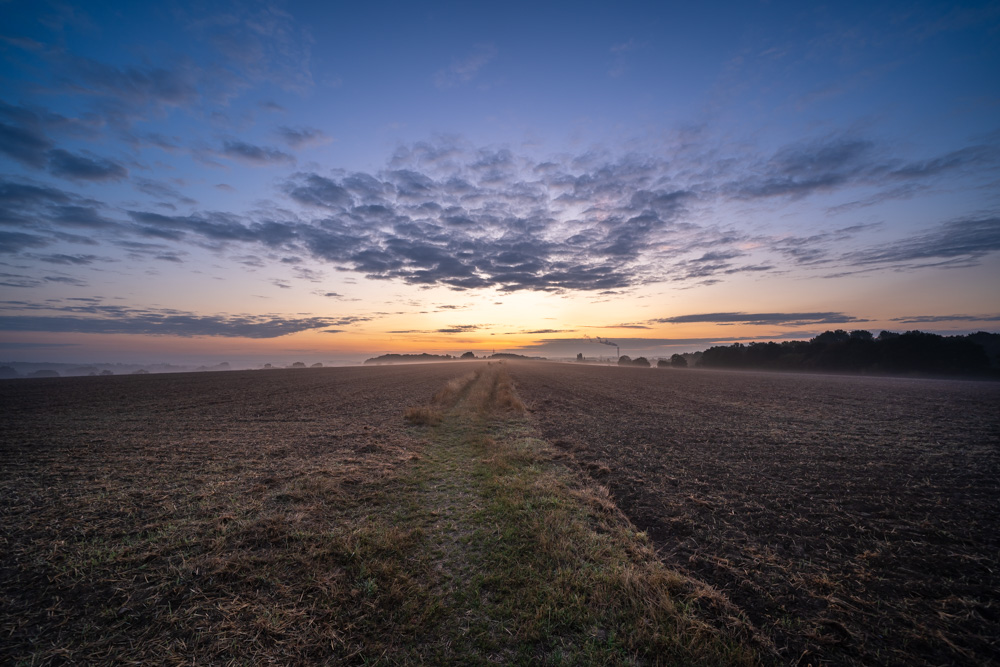
September morning - Panorama
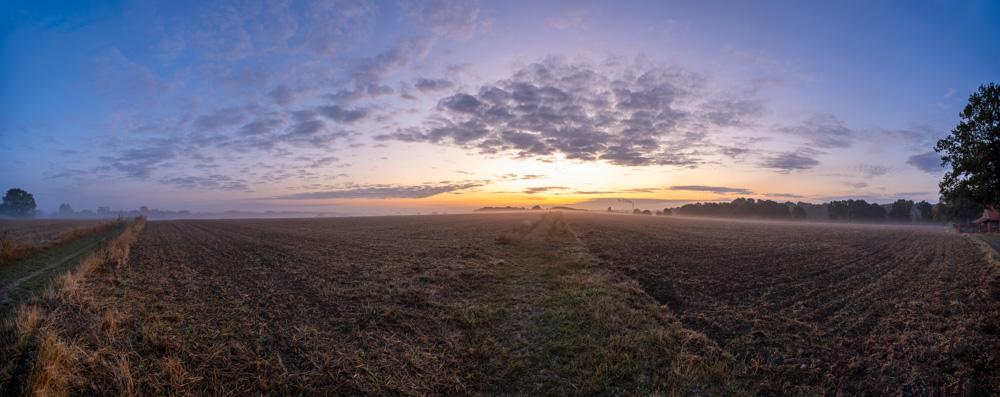
First sunlight
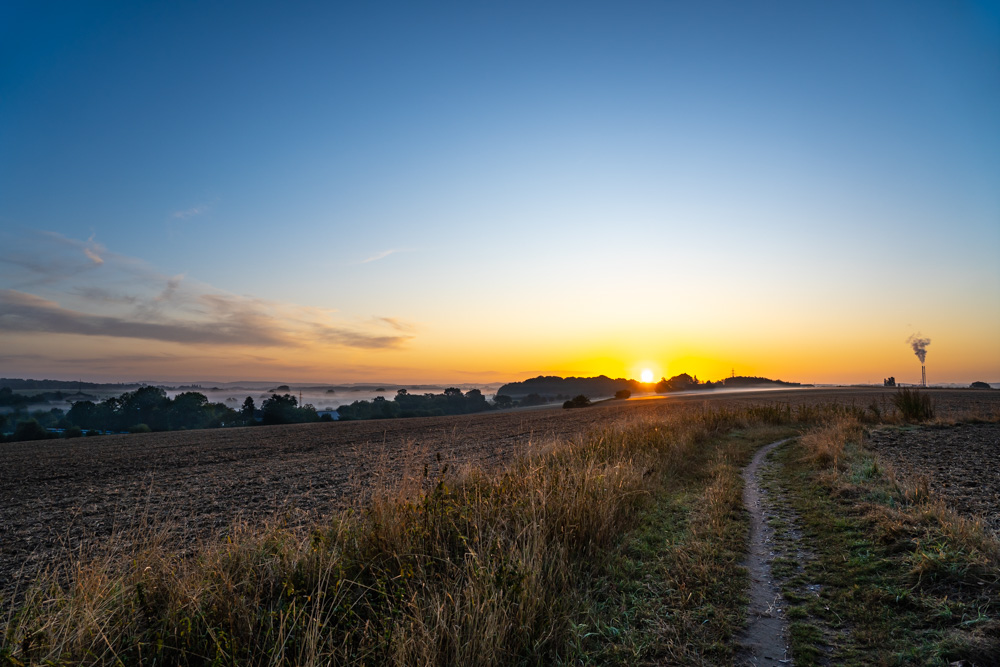
> Nature
31/08/2019
Today I was once again very early out on the road. While the daytime temperatures at the end of August are still high, it is already cooling noticeably at night. These are the best conditions for landscape photography, because the chances are good that there will be haze over the fields early in the morning. And today it worked quite well.
Between five and seven o'clock I was on my way in the fields of the 'Johannisbachaue' between the two districts of Schildesche and Baumheide in Bielefeld.
Break of dawn
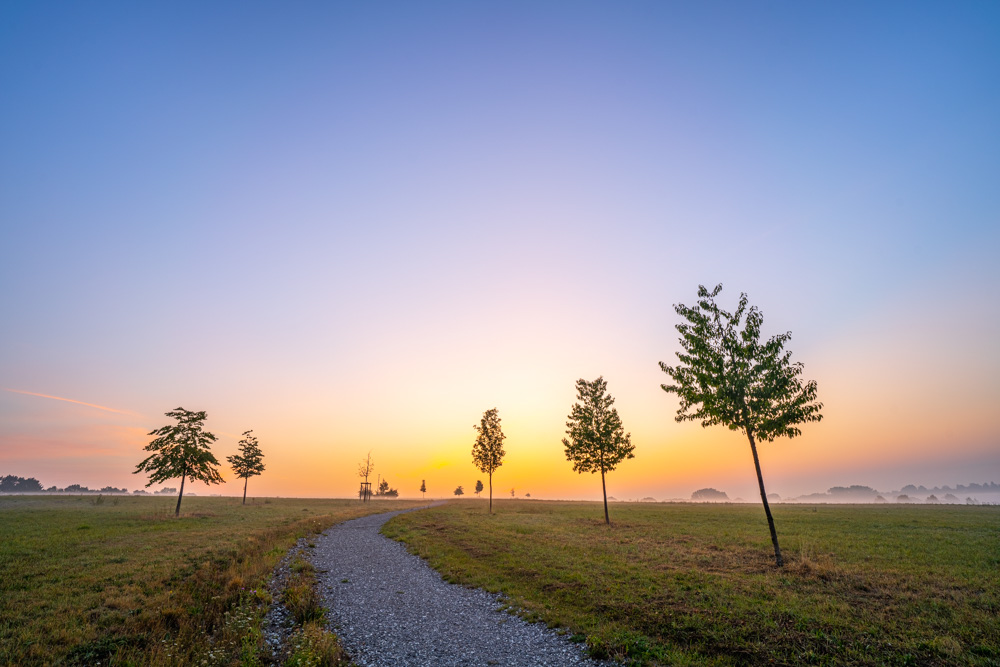
Glacial erratics on a hilltop
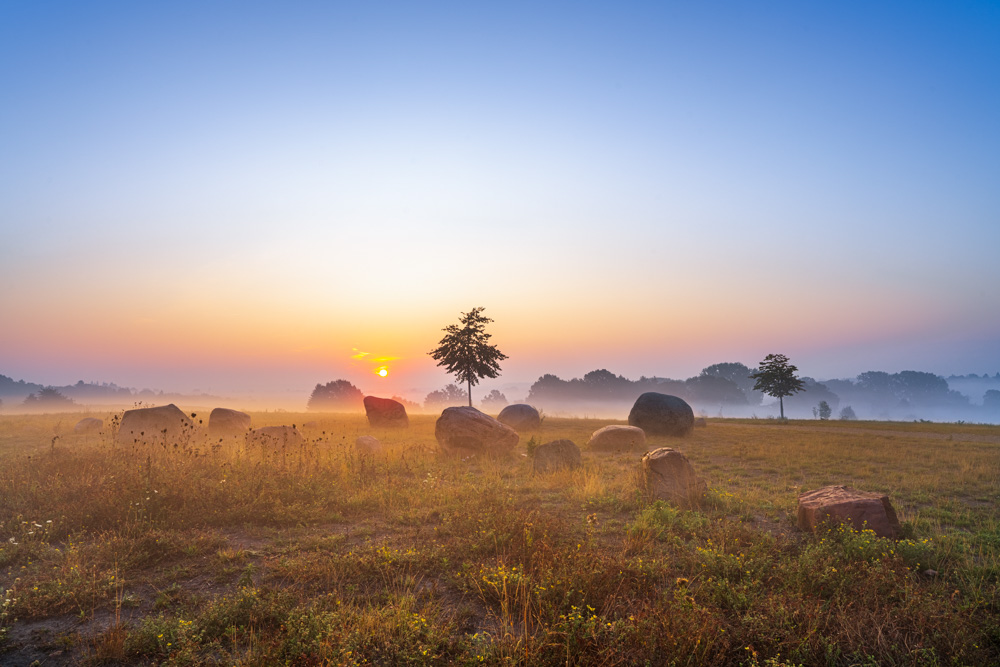
> Nature
08/26/2019
The 'Obersee' is a dammed lake in the north of Bielefeld between the districts Schildesche and Heepen. The first photo was taken there on a Sunday morning shortly before sunrise. The second picture was taken a few hundred meters away and half an hour later in the fields at the 'Johannisbach', a stream that supplies the 'Obersee' with water.
Sunrise at the 'Obersee'
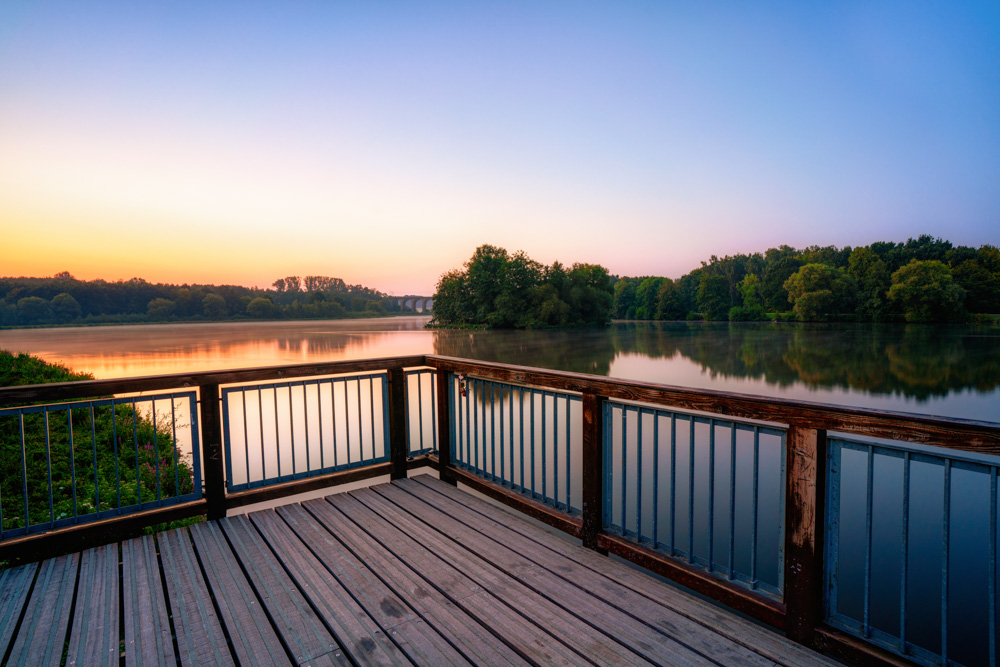
Early morning in the fields
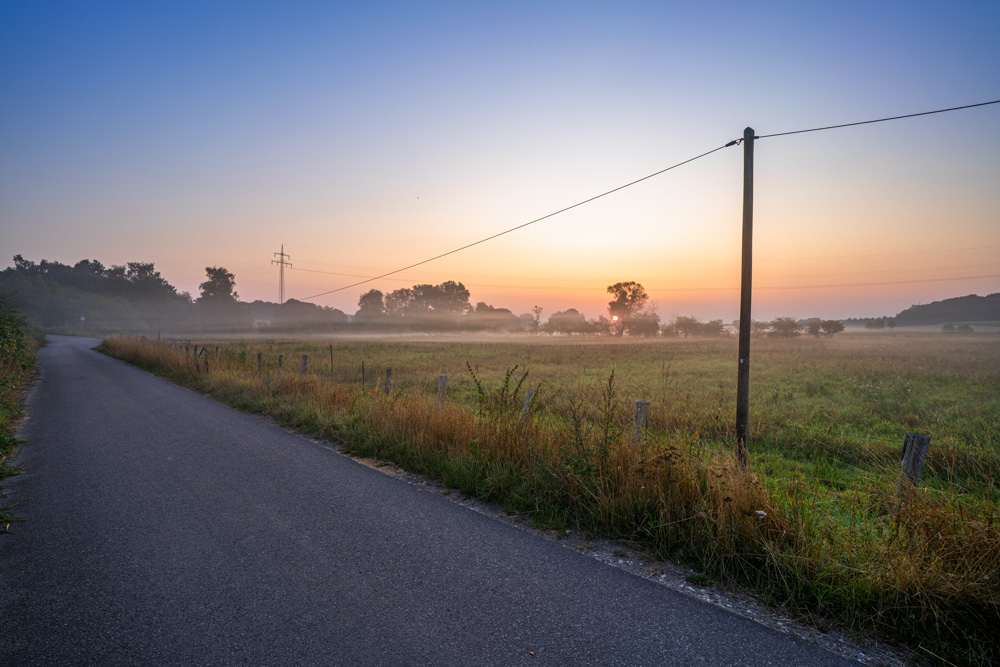
> Nature

